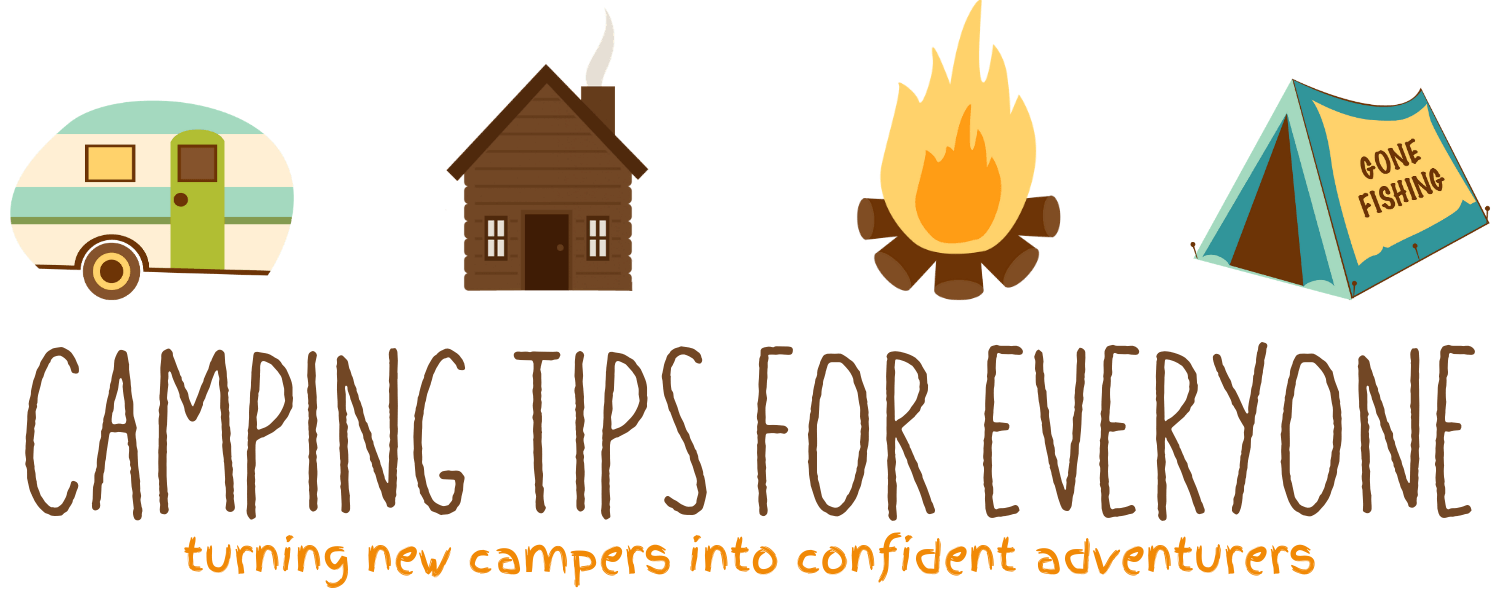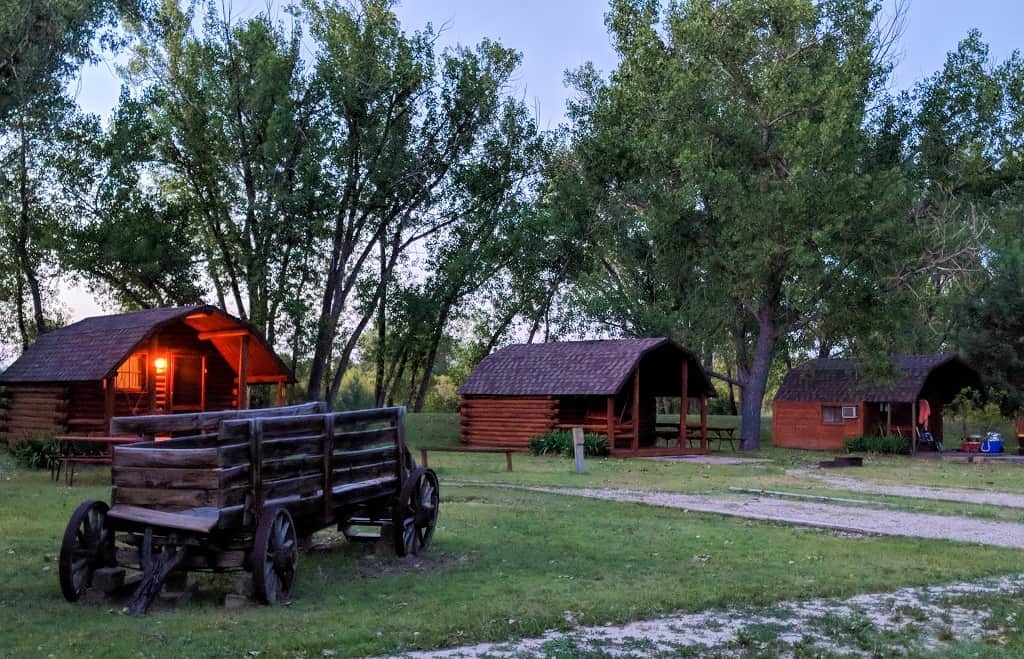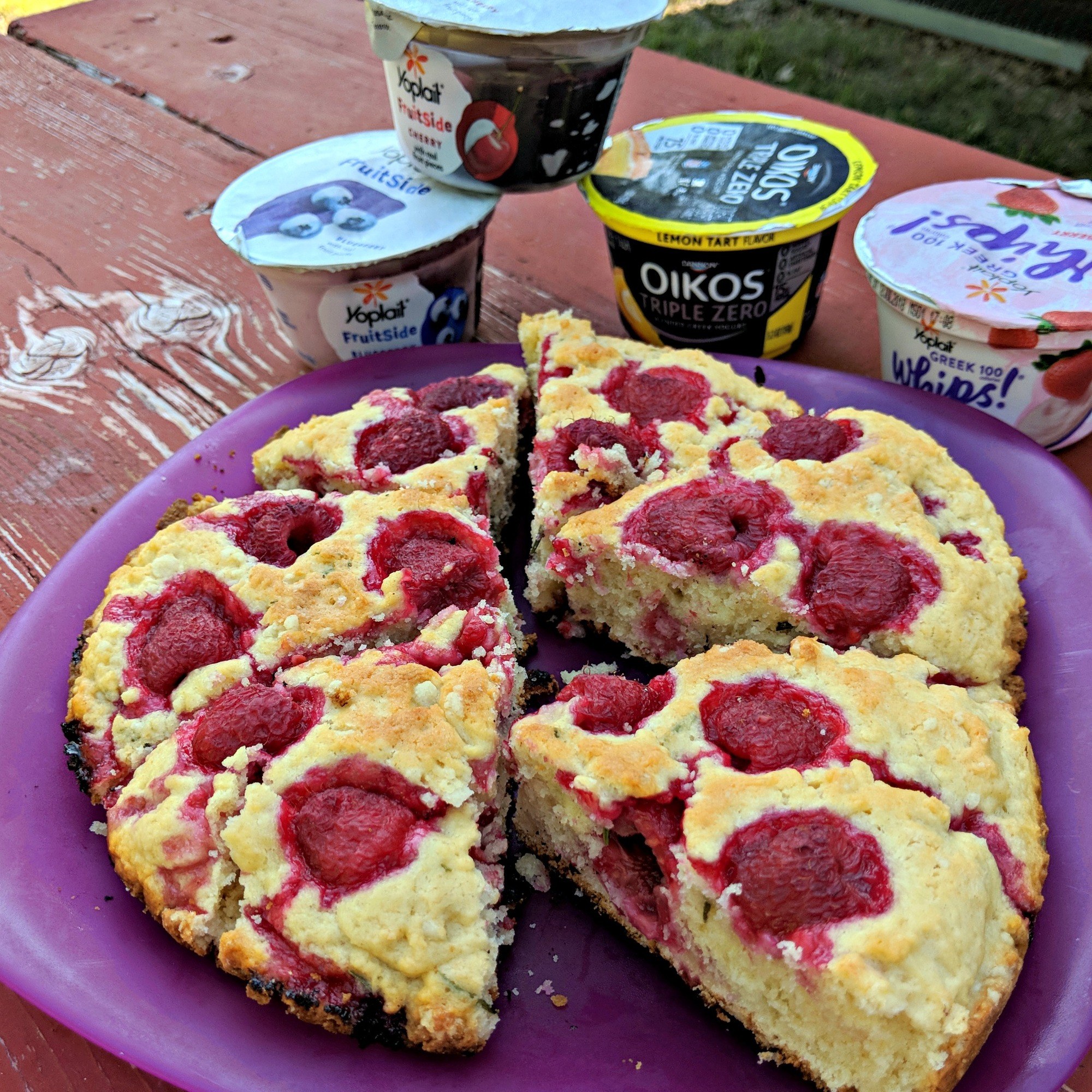Backcountry Cooking 101: A Guide to Backpacking Food
Last Updated on May 29, 2019 by Jody
Now that you’ve read up on Backcountry camping, your next question might be “what types of backpacking food am I going to eat out there in the woods?”
Unlike RV camping or cabin camping, weight is the biggest factor when deciding how to cook and what to eat in the backcountry. This is not the trip for Dutch Ovens and two-burner Coleman stoves unless you are whitewater rafting.
But it doesn’t mean you have to eat Beef Jerky, GORP, and oatmeal all weekend, either!
Wait- what is GORP?
GORP is an acronym for ‘good old raisins and peanuts’.
Also known as trail mix.
It’s possible to enjoy delicious food and still have a light backpack. Here’s how.

Backcountry Cooking Options
When it comes to backcountry cooking, there are basically four options to choose from and you may switch back and forth between these options as you become more experienced.
While I loved the idea of gourmet meals in the backcountry, I quickly realized I didn’t love cleaning up afterward, so I’ve migrated back to some of the easier backcountry cooking options.
You will be surprised at what backpacking foods you can pull right off the grocery shelf to make a delicious backpacking meal.

No-Cook Backpacking Food
The easiest way to eat in the backcountry is to choose no-cook food.
This can be as simple as Peanut Butter & Jelly on a tortilla (my favorite!) or a dehydrated quinoa salad that you rehydrate with cold water as you hike throughout the day.

I don’t take this approach for an entire trip, but I know hikers who do. You can cut a lot of weight by not carrying a stove and fuel so I can see the appeal for a short trip.
Personally, I usually choose no-cook meals for lunch only. Military MRE’s are also made to be no-cook, and I’m told the food is decent, although I can’t vouch for that.
Pre-Packaged Backpacking Meals
This is probably the most popular (and expensive) way to eat in the backcountry, and the route most beginner backpackers will take.

Some of the common brands of backpacking meals include Mountain House, Backpacker’s Pantry and Mary Jane’s Farm. My personal favorite is Packit Gourmet, although they are a little more expensive and have a shorter shelf life (1 year vs 10 years.) They have some really unique flavors that are truly delicious.
With most prepackaged backpacking food, you boil water, add it to the pouch of food, and wait a set amount of time for the food to cook. Cleanup is super simple, and your trash can be sealed up in the original package.
Freezer Bag Cooking
Freezer Bag Cooking is a DIY take on pre-packaged backpacking food. The premise is the same: you add boiling water to a bag of food to rehydrate the meal.
Store-bought meals tend to be very high in sodium, and if you’re a picky eater like me, you run through all your options pretty quickly. My friend Sarah has published two freezer bag cooking cookbooks full of fun ideas for this type of cooking. The best part is, many recipes are made with ingredients right off the grocery shelf.
If you have a dehydrator, you can make even more recipes, but there are plenty of options even if you don’t have a dehydrator. For example, you can combine instant rice, dry soup mix and a pouch of chicken or tuna for a delicious backcountry dinner.
Stovetop (or campfire) Cooking
If eating dehydrated food out of a plastic bag doesn’t sound like your cup of tea, with a backcountry cook set, the sky is the limit as to what you can prepare.
A great resource for this type of cooking is One Pan Wonders which has tons of meals you can prepare in one pan. Packit Gourmet also has some fun options for this kind of cooking, especially delicious breakfast meals like an egg scramble or biscuits and gravy.

Stovetop or campfire cooking definitely takes some practice, especially as you get used to your stove and pans. It’s not always easy to control temperature on a backpacking stove, but it can be done.
This method will also require the most cleanup, and you’ll need to make sure you follow Leave No Trace principles when doing your dishes at night.
Backpacking Cooking Gear
Of course, you will need some backcountry cooking equipment to prepare backpacking meals. As you get started, you may go for the simplest option, and work your way up as you invest in more camping gear. Here are some suggested items to consider when building your backcountry kitchen.
- Stove – if you only plan to boil water, then a JetBoil stove is perfect. If you plan to experiment a bit, then you’ll want a stove you can put a pot on. I like the SnowPeak Giga Power stove as it’s super lightweight.
- Fuel – don’t forget the fuel to run these stoves. My JetBoil and SnowPeak stoves both use the same fuel, which is super convenient for swapping back and forth.
- Utensils – an all-purpose spork is great, but for stirring up those bags of dehydrated food, a long-handled spoon does a much better job.
- CookPot – if you go with a JetBoil, you won’t need an extra pot, but for any other stove, you’ll at least need a container to boil water. I like the GSI Soloist as it’s an all-in-one pot with a bowl that’s perfect for drinks or food.
- Dish Soap- if you are doing any dishes, you’ll need a biodegradable soap. CampSuds is the preferred soap of many backpackers.
- Scrubber – for this one, I just cut a small slice of my kitchen sponge from home and toss it in the cook set.
- Containers – you will want to repackage anything you bring along, including your CampSuds. I love this travel set of Nalgene containers, which is perfect for soap, spices, and oils.
Sample Backpacking Menu
So, these suggestions are all well and good, but what does an actual backpacking menu look like?
Here’s a sample of what I would pack for a 3-day backpacking trip. I pretty much repeat this menu on most trips, since I don’t get sick of the same things over and over. Remember, food always tastes better outdoors!
Day 1
Breakfast: at home or on the road
Lunch: Smucker’s Uncrustables PB&J (these thaw out nicely on the first day!)
Dinner: Mountain House Beef Stroganoff or Lasagna
Day 2
Breakfast: Mountain House Granola with Milk & Blueberries
Lunch: salami or pepperoni and cheese stick in a tortilla
Dinner: Packit Gourmet All-American Works Burger
Day 3
Breakfast: Store brand oatmeal packet
Lunch: Tuna salad kit in a tortilla
Dinner: the nearest burger joint!
Trail Snacks: Homemade trail mix, or a Cliff Bar
Beverages: Gatorade Mix and hot chocolate mix for cold nights
The menu above requires nothing more than boiling water and adding it to a package. Cleanup is simple, and there is minimal trash to haul out at the end of the trip.

As you can see, backcountry food can be as simple, or as elaborate as you want it to be!







One Comment